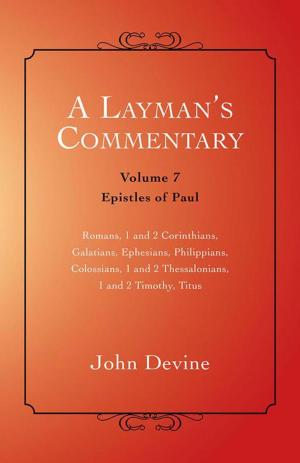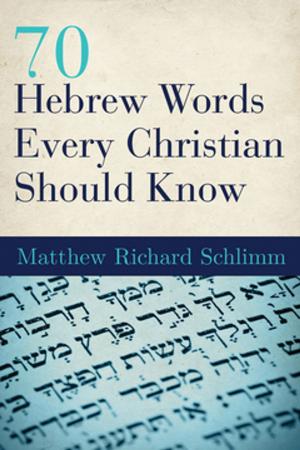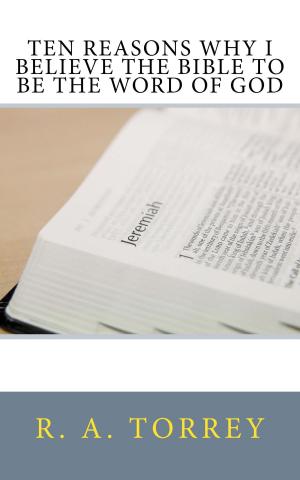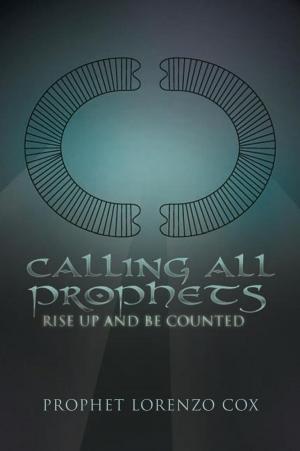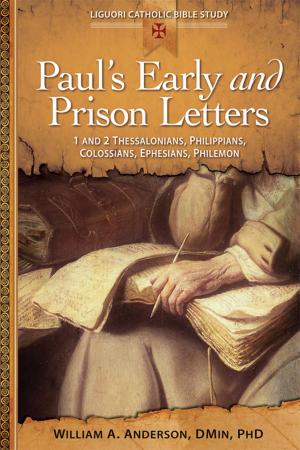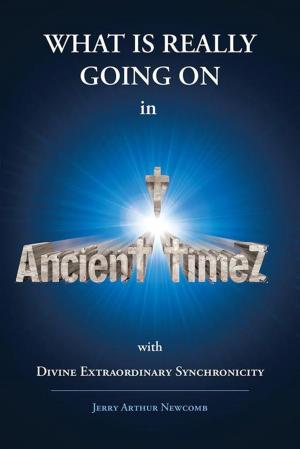Introducing the Old and New Testament Books
Nonfiction, Religion & Spirituality, Bible & Bible Studies| Author: | Paul D. Weaver | ISBN: | 9781311954565 |
| Publisher: | Paul D. Weaver | Publication: | January 1, 2016 |
| Imprint: | Smashwords Edition | Language: | English |
| Author: | Paul D. Weaver |
| ISBN: | 9781311954565 |
| Publisher: | Paul D. Weaver |
| Publication: | January 1, 2016 |
| Imprint: | Smashwords Edition |
| Language: | English |
Many introductions are either too simple, not providing all the necessary information, or overly complicated and written at a level out of the reach of an average person with no seminary training. This work is neither. The author is thorough, (providing over 700 footnotes), but at a level that is understandable, and in a concise manner.
This volume is a combination of two books, "Introducing the Old Testament Books," and "Introducing the New Testament Books" in one convenient text.
In this work Weaver discusses issues of:
-authorship
-date
-location of writing
-recipients
-purpose
-book message
He also addresses more challenging subjects, such as:
-the synoptic "problem"
-the ending of the Gospel of Mark
-the northern and southern Galatia theories
-the genre of Hebrews
-the slavific status of the readers of Hebrews
-justification in the epistle of James
-interpretive approaches to the book of 1 John
-interpretive approaches to the book of Revelation
Weaver provides important background information concerning the following biblical cities:
-Corinth
-Ephesus
-Philippi
-Colossae
-Thessalonica
The author also presents a convincing biblical/conservative response to those critical of the Scriptures, answering such questions as:
-how was the Pentateuch (Genesis-Deuteronomy) transmitted?
-who was the Pharaoh of the exodus?
-when did the exodus occur?
-are the census numbers recorded in the book of Numbers accurate?
-is the chronology of the kings recorded in the book of 1 & 2 Kings reliable?
-does the book of Esther belong in the canon of Scripture?
-is there more than one author of the book of Isaiah?
-who was Darius the Mede (a character in the book of Daniel)?
-is the story of Jonah historical?
-how do the Gospels contain so much similar content
The author also addresses challenging subjects, such as:
-the synoptic "problem"
-the ending of the Gospel of Mark
-the northern and southern Galatia theories
-the genre of Hebrews
-the slavific status of the readers of Hebrews
-justification in the epistle of James
-interpretive approaches to the book of 1 John
-interpretive approaches to the book of Revelation
For those who are visual learners, a plethora of charts are provided.
One of the great features of the Old Testament portion of this book, not found in most other introductions, are the descriptions of archaeological discoveries (both sites and artifacts), which affirm the historicity of the Scriptures. Such an addition, will build your faith and strengthen your confidence in the inspired Word.
In this work, the author demonstrates his passion and commitment to provide high quality resources, at an affordable price, within the reach of everyone serious about studying God's Word.
Get your copy today!
Many introductions are either too simple, not providing all the necessary information, or overly complicated and written at a level out of the reach of an average person with no seminary training. This work is neither. The author is thorough, (providing over 700 footnotes), but at a level that is understandable, and in a concise manner.
This volume is a combination of two books, "Introducing the Old Testament Books," and "Introducing the New Testament Books" in one convenient text.
In this work Weaver discusses issues of:
-authorship
-date
-location of writing
-recipients
-purpose
-book message
He also addresses more challenging subjects, such as:
-the synoptic "problem"
-the ending of the Gospel of Mark
-the northern and southern Galatia theories
-the genre of Hebrews
-the slavific status of the readers of Hebrews
-justification in the epistle of James
-interpretive approaches to the book of 1 John
-interpretive approaches to the book of Revelation
Weaver provides important background information concerning the following biblical cities:
-Corinth
-Ephesus
-Philippi
-Colossae
-Thessalonica
The author also presents a convincing biblical/conservative response to those critical of the Scriptures, answering such questions as:
-how was the Pentateuch (Genesis-Deuteronomy) transmitted?
-who was the Pharaoh of the exodus?
-when did the exodus occur?
-are the census numbers recorded in the book of Numbers accurate?
-is the chronology of the kings recorded in the book of 1 & 2 Kings reliable?
-does the book of Esther belong in the canon of Scripture?
-is there more than one author of the book of Isaiah?
-who was Darius the Mede (a character in the book of Daniel)?
-is the story of Jonah historical?
-how do the Gospels contain so much similar content
The author also addresses challenging subjects, such as:
-the synoptic "problem"
-the ending of the Gospel of Mark
-the northern and southern Galatia theories
-the genre of Hebrews
-the slavific status of the readers of Hebrews
-justification in the epistle of James
-interpretive approaches to the book of 1 John
-interpretive approaches to the book of Revelation
For those who are visual learners, a plethora of charts are provided.
One of the great features of the Old Testament portion of this book, not found in most other introductions, are the descriptions of archaeological discoveries (both sites and artifacts), which affirm the historicity of the Scriptures. Such an addition, will build your faith and strengthen your confidence in the inspired Word.
In this work, the author demonstrates his passion and commitment to provide high quality resources, at an affordable price, within the reach of everyone serious about studying God's Word.
Get your copy today!


